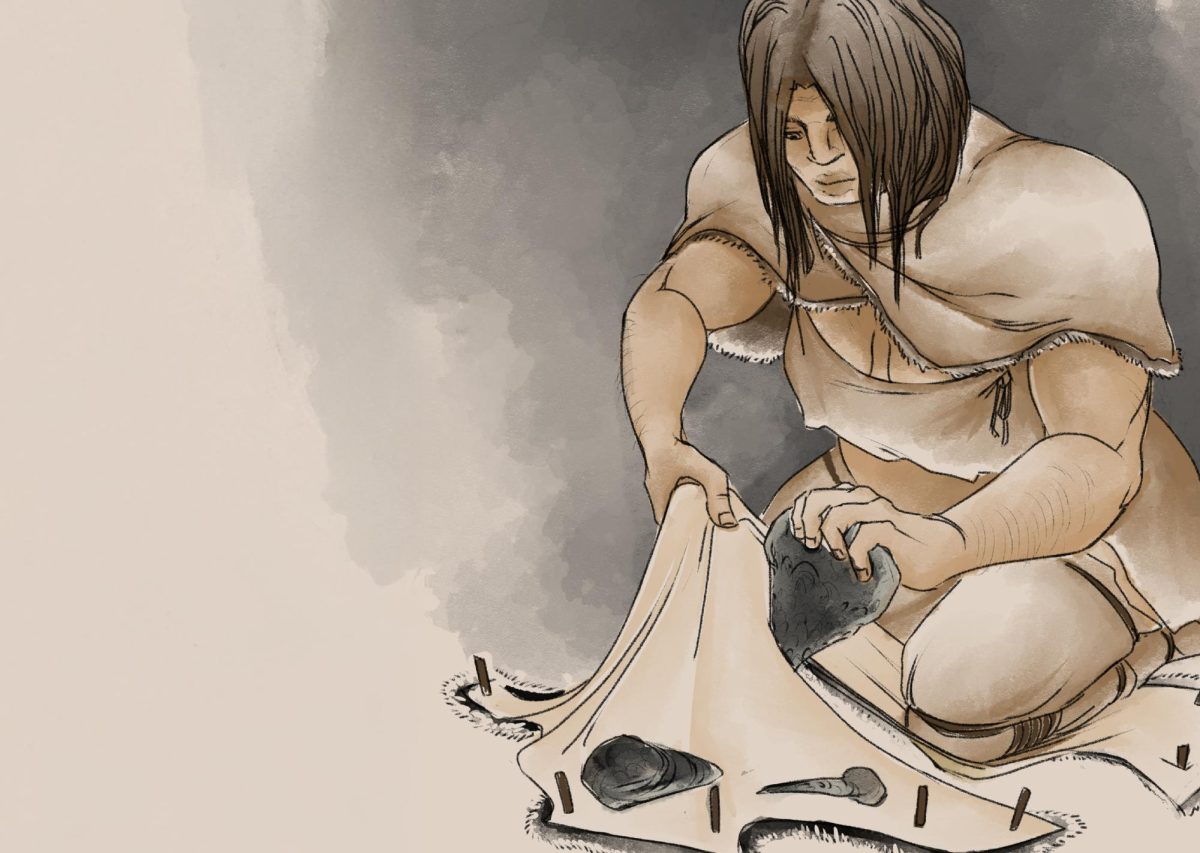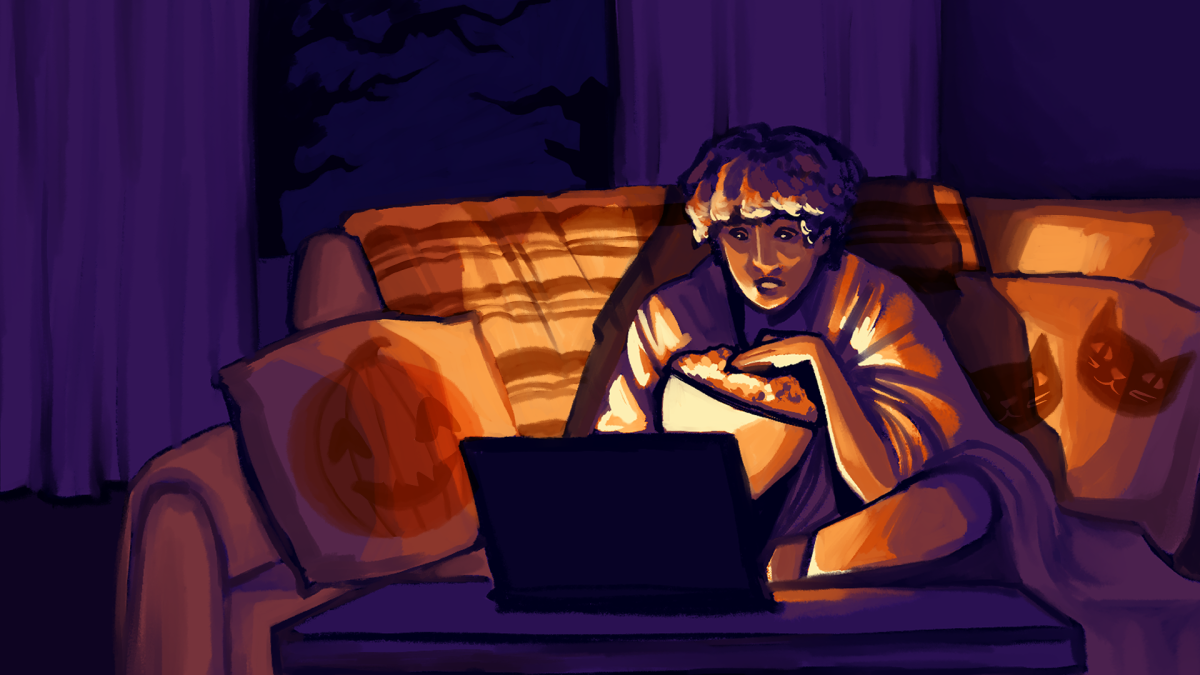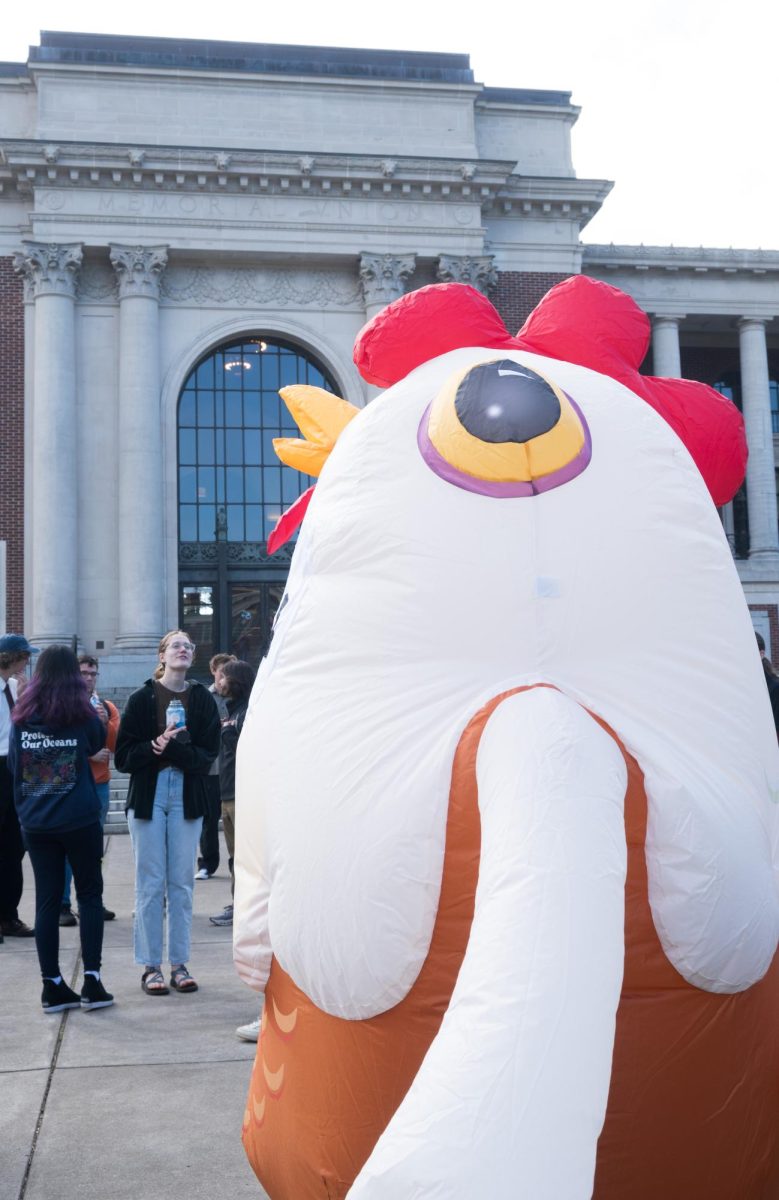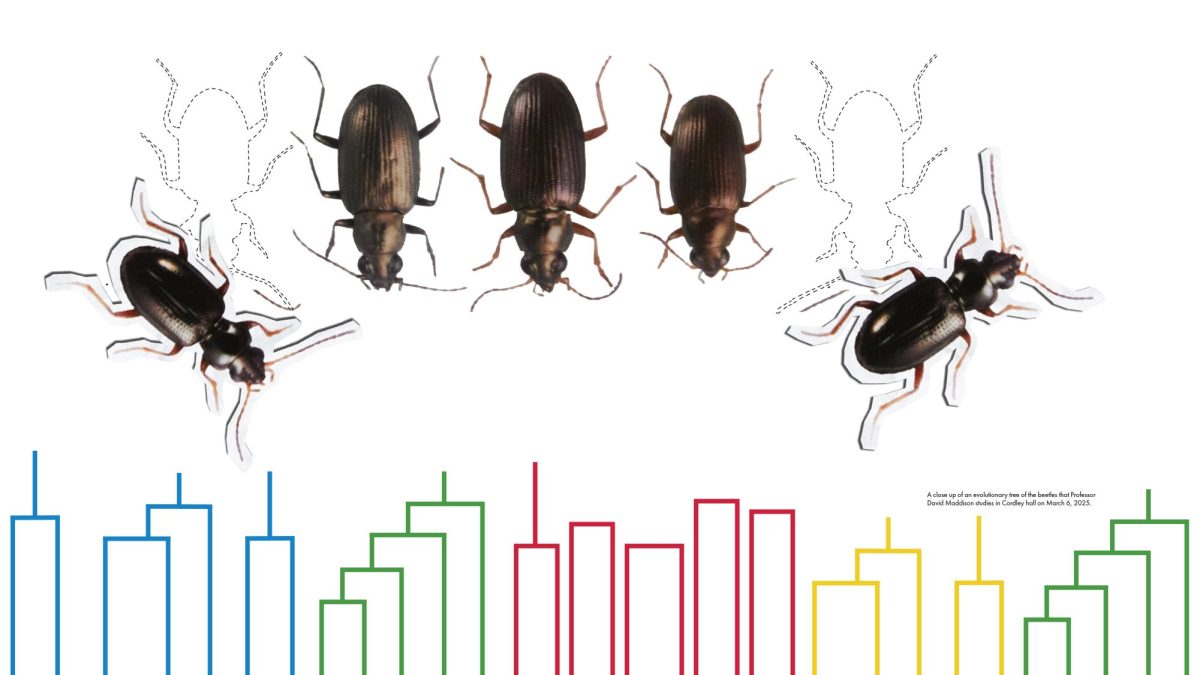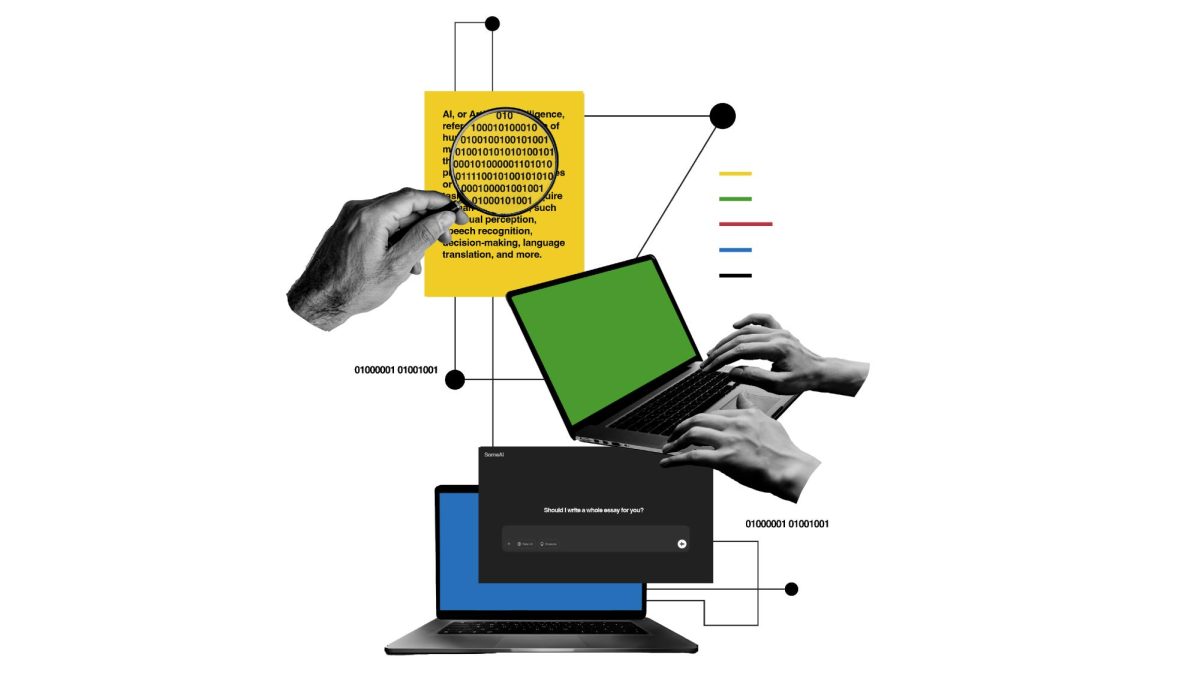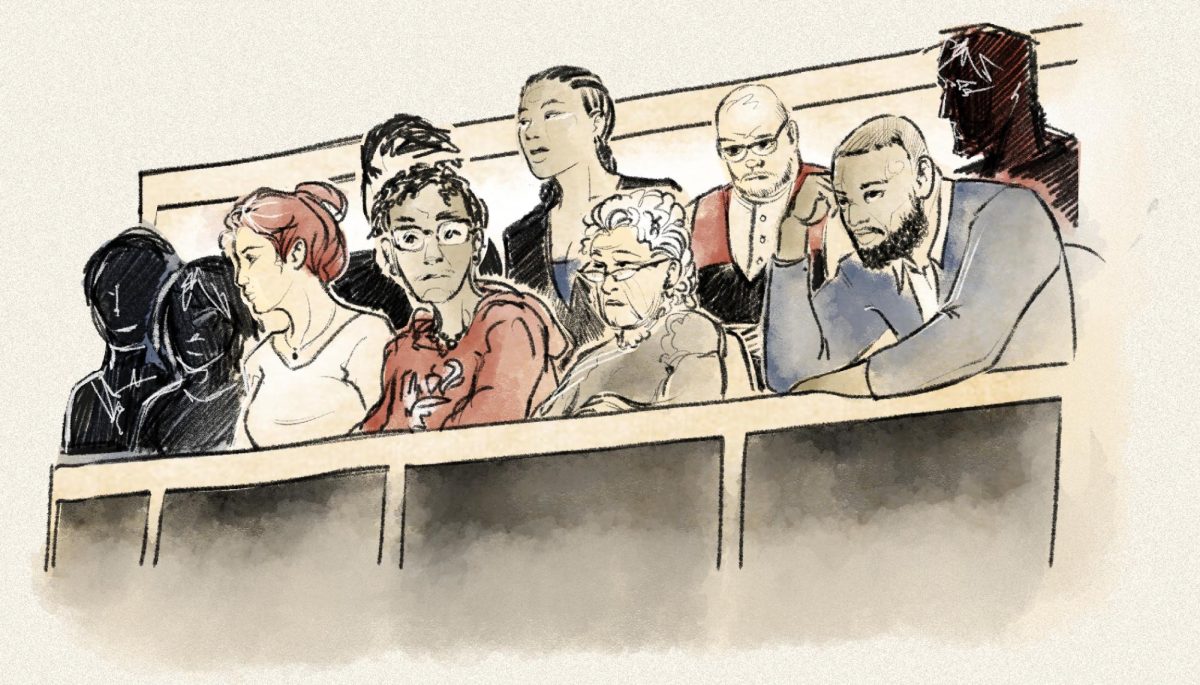Artificial Intelligence, lunar landers, particle accelerators, Cheetos Mac and Cheese cups — the last century of technology has come together to bring all of these things into humanity’s tangible reality. However, it all began with a humble piece of flaky stone.
At Oregon State University, students enrolled in professor of anthropology Loren Davis’ lithographic tools class study these early technologies and what can be learned from them — as well as how to make them.
Humanity’s past is a murky place. It is difficult to make absolute observations or put precise dates on any one pivotal moment, but the creation of the first stone tools about 2.6 million years ago was a game changer.
This era represents the early human brain’s ability to plan and think abstractly — quite a feat in the animal kingdom. To take a lump of chert, a sedimentary rock, and envision a spearpoint to hunt with is unique to humans.
“That’s really a thing that makes us as a species really different from other animals on the planet, is that we are really, really into technology,” Davis said.
In Davis’ class, students learn about stone tool technology and the archeologists who study the time period before the written record. That’s not to say these early cultures had no culture outside of stone tools. According to Davis, they almost certainly had a rich organic material culture, but these often don’t preserve very well.
“As a result, we tend to emphasize stone tools a lot, because it’s a thing that we can commonly find,” Davis said.
In a process known as “knapping,” students in Davis’ class chip away at obsidian collected from Glass Butte in Eastern Oregon to varying degrees of success.
“As we joke in class … are you taking big rocks and making small rocks?” Davis said.
While far removed from our hominin ancestors who relied on them, these tools can reveal a great deal in the process of their creation. Perhaps foremost is the fact that one must be taught the process, it is not innate to us.
“We can curate knowledge. We can pass it on,” Davis said.
In fact, this is a measurable variable in archaeology and anthropology. The similarities between the tools in a certain region can indicate the level of communication and exchange of ideas between different communities.
According to Davis, even the innovations in the technologies can be studied to reveal other aspects about the culture and times.
“If the pattern changes through time, why is it changing?” Davis said. “Is it changing because the previous technology doesn’t do the job anymore? Or is it that there’s some new social reason for why people want to emulate something else?”
It seems there are some things that never change, the process of design and refinement being one of them.
Towards the end of the term, students in Davis’ class have the option to use the tools they’ve created in OSU’s Clark Meat Science Center to butcher a piece of meat.
As their finely-tuned blades rip and slice meat off the bones, they learn what angle of the blade works best, what contour is the most efficient, accurate.
Through this experience, Davis wants them to reflect on the designs that they made and how they perform, which they write about later in their final exam.
“That’s a lot of the archeological records — people figuring out what works and what doesn’t really work. And you’ll see successful patterns persisting,” Davis said.
Like the old adage says, there’s no need to reinvent the wheel. For the majority of humanity’s time on Earth, stone tools dominated. It may be easy to see an arrowhead or a spear point and think they mostly look alike, but the design was not stagnant. It changed from region to region, and from application to application.
Much like technology today, there is evidence that designs were continually under development.
“I don’t think this (course) is that different from other parts of campus that are dealing with technology issues. You can talk about it only to a point, and then you need to do things like build it. You need to use it. If it breaks, you fix it,” Davis said. “We do that too.”
Much has changed in the past couple millions of years, but it seems as though some things are consistently human.
According to Davis, “If you just practice (knapping) enough, and you follow the instructions, and you keep trying, you actually can make this sort of handshake through time with your ancestors.”

